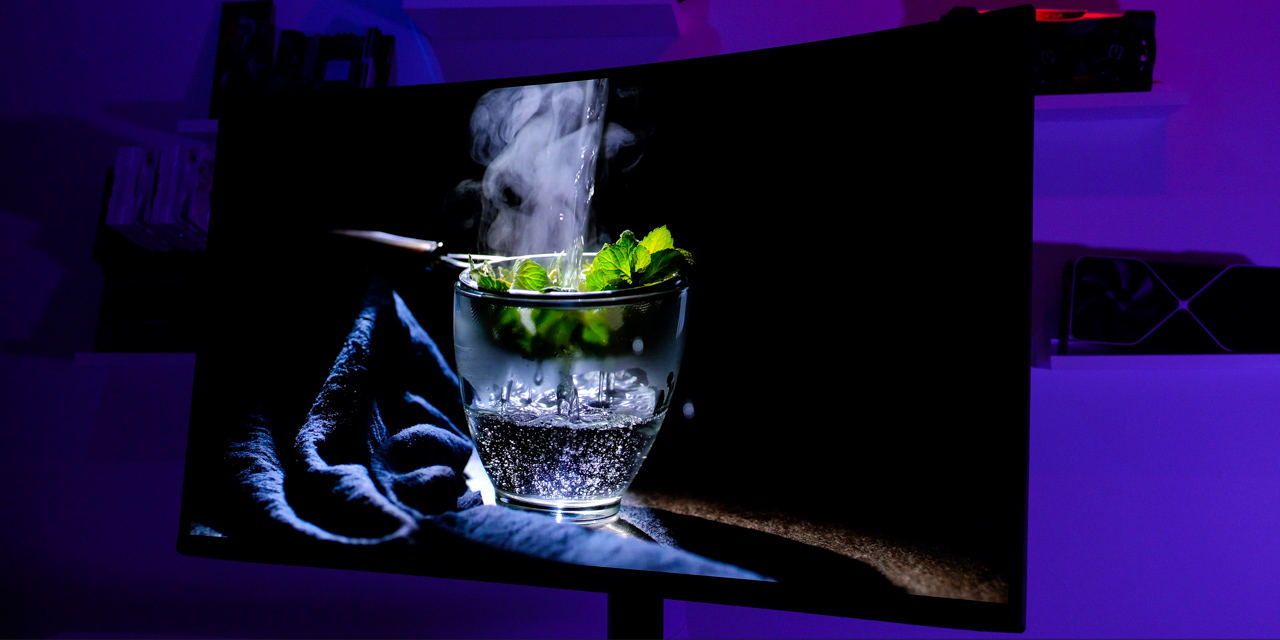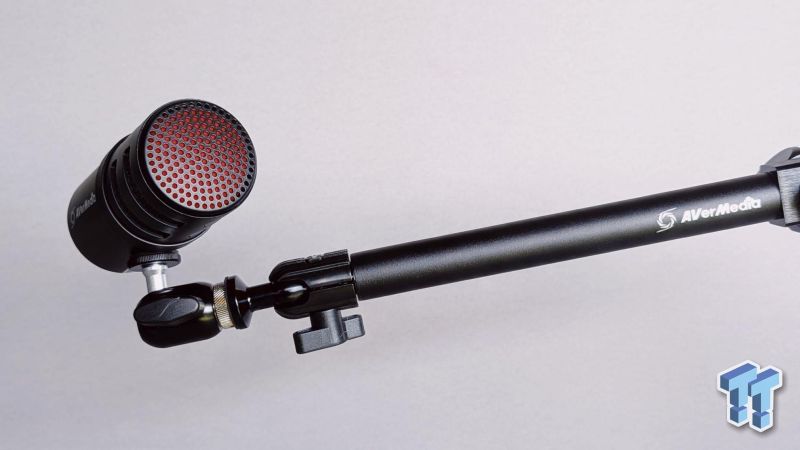Before we get to the review, a brief history of modern OLED monitors will be helpful for context:
Two years ago, Samsung released their first generation QD-OLED (Quantum Dot OLED) technology in a highly sought-after 3440×1440 Ultrawide capable of up to 175hz refresh rate. Gamers snatched these monitors up, hungry for a true desktop OLED experience. Unfortunately, both first gen QD-OLED and the competing W-OLED panels from LG Display utilized a Red-Blue-Green subpixel orientation. This did not mesh well with Windows which was designed to work with a Red-Green-Blue layout. While this did not have a noticeable effect on gaming and video content, text and high contrast areas could exhibit a green/blue color fringing that many found to be distracting. The same applications in which the text clarity issues were most apparent, also tended to work in interfaces which presented more risk to burn in and image retention. My own PC is used not only for gaming and video consumption, but also for a large amount of productivity with applications like Word and Excel. Because of this, I decided to hold off on an OLED panel until the technology improved.
At CES in January of 2024, both LG Display and Samsung Display introduced the world to a plethora of new panels. LG showed several displays that would be arriving during the first quarter, which would feature their second generation W-OLED. Unfortunately, LG did not change the subpixel layout in the second generation panels. LG also announced Third Generation panels which would feature a smaller pixel structure (allowing for higher pixel density), as well as a corrected r-g-b subpixel layout. These third gen panels will not be available until later in the year.
Samsung Display jumped ahead of the game with their announcement that their Third Gen QD-OLED desktop panels would be shipping some models immediately. Samsung had already made some changes to their subpixel layout in 2023 on their 49 inch, ultrawide QD-OLED panels (which my cohort Josh Walrath should be able to give some feedback on shortly). This design change helped with the text clarity issues experienced by the first gen panel users.
These new Third Gen QD-OLEDs feature a new process for creating the subpixels which allowed for a huge improvement in pixel density (up to 140 pixels per inch), and a maximum refresh rate of a staggering 240hz at 4k resolution.
While the previous intro was a bit long, I felt it might be beneficial to give an explanation for some of the reasons that OLED monitors have not taken over the market, despite the technology being available for several years. What this intro has led us to, is my decision to move away from my long used 34 inch ultrawide IPS LG panel, and upgrade to Alienware’s version of the new third gen QD-OLED in a 31.5 inch, 4K, HDR panel, and to share my experience with this monitor over the last month.
And now, the review…



